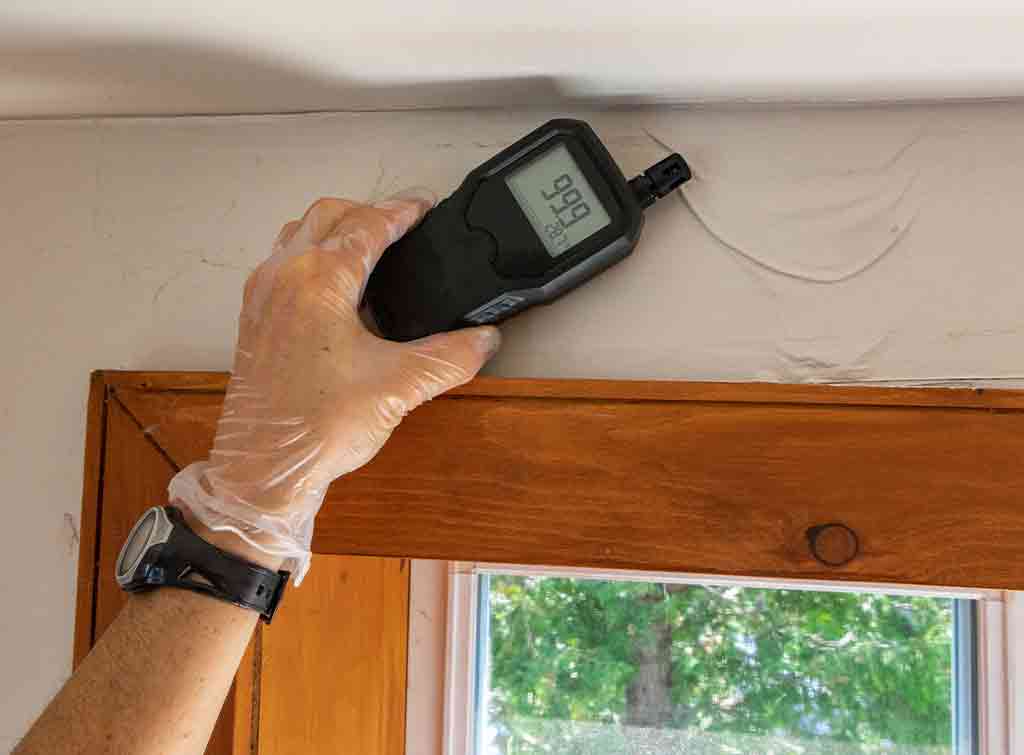
September 1, 2024
Retaining Wall Surface Repair Cost Expense To Deal With Keeping Wall Surface
Fix A Cinder Block Maintaining Wall In 4 Actions Look for telltale indicators like splits, bending, rot, leaning, drooping, and broken mortar between the blocks and blog posts. If you need specialist help, call Foundation Professionals of Florida, an acclaimed and top-performing company. Call us, and we can figure out why your concrete structure is Lease End Damage falling apart, fix the damages, and stop your concrete foundation from crumbling in the future. We also specialize in foundation waterproofing, crawl area repair service, crawl space waterproofing, concrete lifting, and more. Now, if your concrete is crumbling due to a structural problem and not a cosmetic concern, you will have to check into stronger remedies.Who Do You Call For Professional Services
Typically constructed from hardwood, tie backs are set up at a perpendicular angle to the wall surface, affixed to both the face of the wall surface and a hardwood cross plate. This assists disperse the weight of kept ground and lower side forces, stopping leaning and distorting. These retaining wall surfaces are commonly made with railroad ties, and they will have vital timber sustains that run vertical to the retaining wall surface below ground. By sticking right right into the hill your keeping wall is holding back, railroad ties offer crucial architectural integrity to the wall.The Most Effective Soil For Avocado Trees
Aligning a preserving wall costs $60 to $80 per linear foot. You might need to straighten out a maintaining wall if it is leaning and appears like it might fall. Walls that are not directly frequently twist and fall if left ignored, so have them straightened out for security and visual factors.Water Drainage Pipelines: Carrying Water Away From The Wall Surface
Making certain appropriate drain with drain pipelines or weephole installations is critical to preventing these issues and protecting the wall surface's structural integrity. Because of their toughness, individual pieces will not splinter or break, and because Unilock wall surface devices are interlocking, they do not require mortar. This implies that the common weak point of wet-stack maintaining wall surfaces is successfully bypassed. Mortar between block and stone tends to absorb water and at some point weaken in time. Bulging, splitting, and visible leaning are amongst the common indications of a bowing maintaining wall. Preserving walls are developed to hold soil back and avoid dirt disintegration. Yet when the soil around the walls is filled, it taxes your walls and creates bowing. Some other aspects that compromise your maintaining wall surfaces are root invasion, damaged gutters or downspouts, and badly rated landscapes. The shaft is put via a hole in your preserving wall surface and the support is driven deep into the soil behind it. The anchor is secured by a steel plate and nut at the front of your maintaining wall surface, which can after that be gradually tightened until your wall is back to its original placement. Decomposed sections of your keeping wall will certainly need to be replaced prior to they endanger the structural honesty of your wall. Usually the problem is a result of even more weight behind the retention wall surface than it can handle, which can be brought on by a variety of concerns. Conduct an extensive analysis prior to initiating repairs to recognize the complete extent of the damage. Examine the wall surface product, look for leaning or shifting, and assess drain problems. A thorough evaluation serves as the structure for targeted and reliable repairs.- Spotting indicators of retaining wall surface damage at an early stage is essential to prevent additional degeneration.
- You may require to correct a keeping wall if it is leaning and appears like it might drop.
- Identifying these factors encourages individuals to address problems at their core.
What is the best filler for crumbling wall surfaces?


Social Links